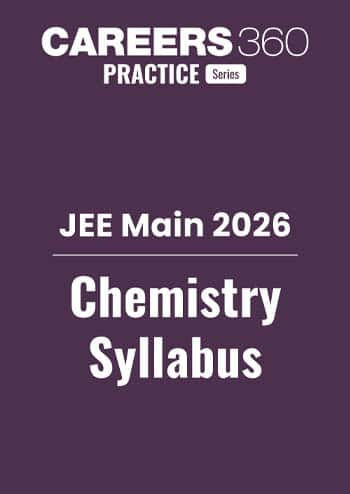Chemical Properties of Boron Family - Practice Questions & MCQ
Quick Facts
-
Chemical Properties of Group 13 is considered one of the most asked concept.
-
48 Questions around this concept.
Solve by difficulty
Which of the following statements about the chemical properties of Group 13 elements is true?
Which of the following statements is true regarding the chemical properties of Group 13 elements?
Which one of the following elements will remain as liquid inside pure boiling water?
JEE Main 2026: Official Website | Top 30 Most Repeated Questions
JEE Main Prep: Study Plan | Preparation Tips | High Scoring Chapters and Topics
JEE Main QP & Mock: Previous 10 Year Questions | Chapter Wise PYQs | Mock test Series
JEE Main Most Scoring Concept: January 2025 Session | April 2025 Session
The hybridization of Boron in the product formed in the given reaction is:
$\mathrm{B}+\mathrm{HNO}_3 \rightarrow$
Which gas is liberated when Al reacts with NaOH :
Alums are
Anhydrous $\mathrm{AlCl}_3$ is
Aqueous $\mathrm{AlCl}_3$ is
The formula of Chrome Alum is:
Which of the following compound acts as a catalyst in Friedel-Craft reaction?
Concepts Covered - 1
Reaction towards air
Boron is unreactive in crystalline form. Aluminium forms a very thin oxide layer on the surface which protects the metal from further attack. Amorphous boron and aluminium metal on heating in air form B2O3 and Al2O3 respectively. With dinitrogen at a high temperature they form nitrides.
Where E is an element
The nature of these oxides varies down the group. Boron trioxide is acidic and reacts with basic (metallic) oxides forming metal borates. Aluminium and gallium oxides are amphoteric and those of indium and thallium are basic in their properties.
Reactivity towards acids and alkalies
Boron does not react with acids and alkalies even at moderate temperature; but aluminium dissolves in mineral acids and aqueous alkalies and thus shows amphoteric character. Aluminium dissolves in dilute HCl and liberates dihydrogen.
However, concentrated nitric acid renders aluminium passive by forming a protective oxide layer on the surface.
Aluminium also reacts with aqueous alkali and liberates dihydrogen.
Reactivity towards halogens
These elements react with halogens to form trihalides (except TlI3).
Study it with Videos
"Stay in the loop. Receive exam news, study resources, and expert advice!"













